Nonnegativity and Support Constraints
Recursive Image Filtering Algorithm
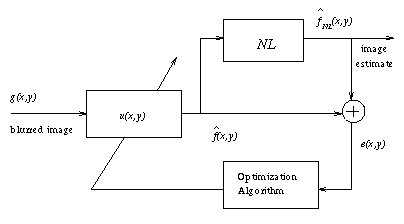

After working with the IBD algorithm for a while, we looked
into other options, including Simulated Annealing,
NAS-RIF, and higher order statistics methods. The
only algorithm that could be implemented in a relatively simple manner was
the NAS-RIF. The NAS-RIF was developed to deal with the problems that the
IBD method has with convergence and uniqueness[1]. It is not as
restrictive as to what form the PSF must take, but does require that is be
absolutely summable(BIBO). The NAS-RIF algorithm converges far better than
its IBD counterpart, but performance in a noisy environment leaves
something to be desired. NAS-RIf also has a big computational advantage
over the IBD. The time it takes to process an image is proportional to
square of the filter size, unlike the IBD where it is proportional to the
square of the image size.
Algorithm for blurring images with an asymmetric gaussian-based
randomly-altered psf. defocus.m Diagram and information reference:
The term that was used to change u looks something like this:
(where sgn is sign(x) +/- and the gamma term is used if the bgcol is
black, or 0)

Examples:
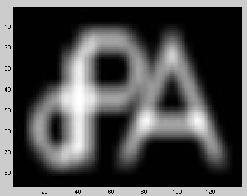 original, blurred image
original, blurred image
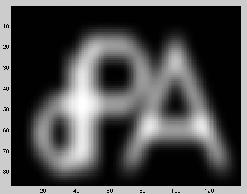
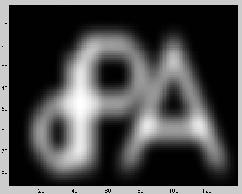
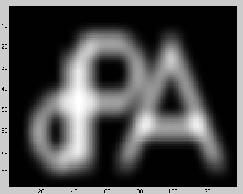
image with d=0.05 (< 5% change in u(k)-u(k-1)), d=0.01, d=0.001
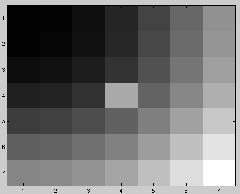
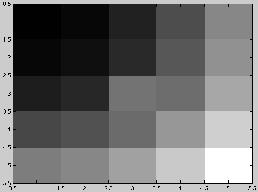
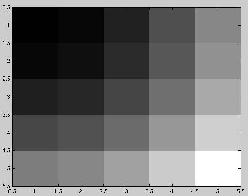
psf for (d=.05) 7x7 filter, 5x5 d=0.01, d=0.001(~500 iterations)

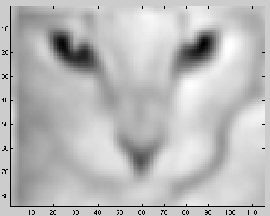
a fuzzy cat, a more evenly fuzzy cat.

psf estimate from algorithm of fuzzy cat
1.